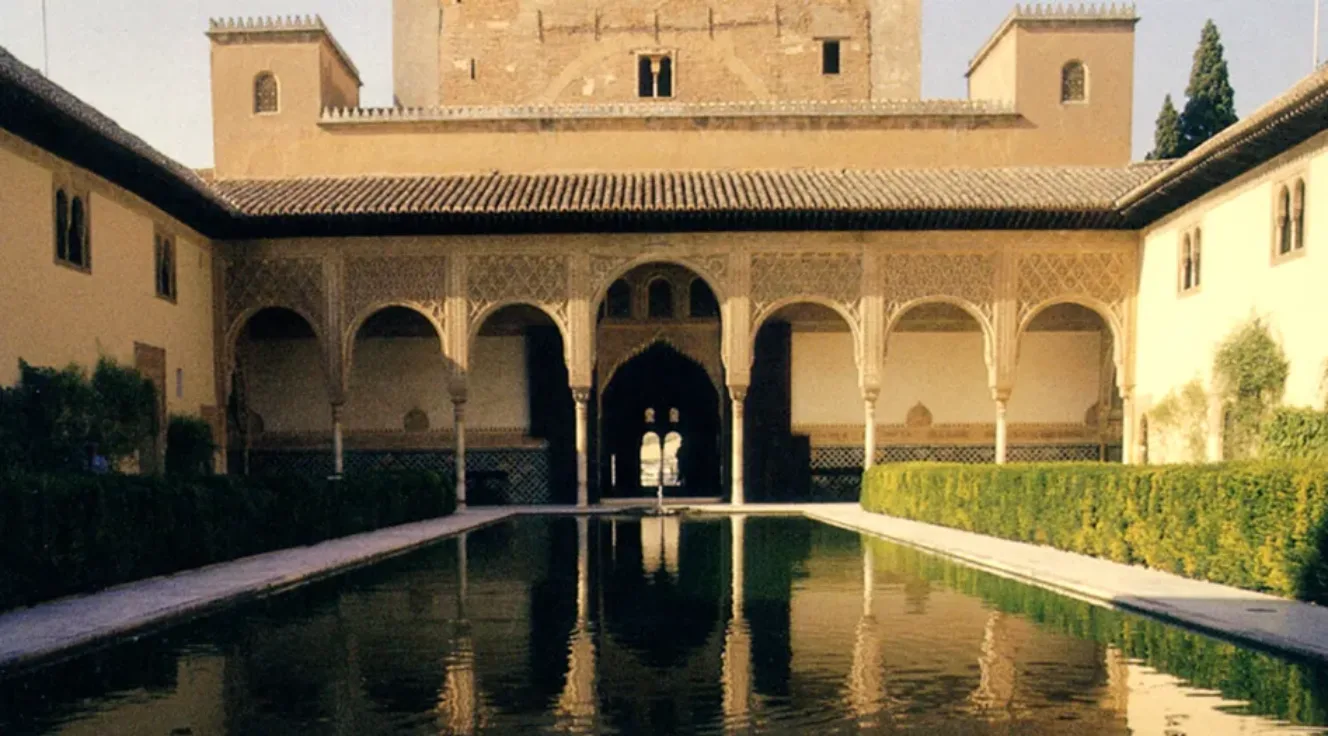About this course
From the 7th century to the present, the Islamic world extended at various times from Spain, across northern Africa, the Middle East, and the Balkans to Central and South Asia and Indonesia. The built environment of that world is characterized by architecture centered around large open courtyards, often gardened, and a sophisticated system for organizing, irrigating, and cultivating the landscape. The themes for this course, which is both topical and historical, include the greening and settlement of the desert, the formation of an Islamic visual culture, the agricultural landscape, gardens of myth and memory, architectural and garden typology and symbolism, and architecture as a theater for political display.
Same as ARCH 222 and ARTH 219.
This course satisfies the General Education Criteria for
• Cultural Studies - Non-West
• Humanities - Hist&Phil
3 credit hours
